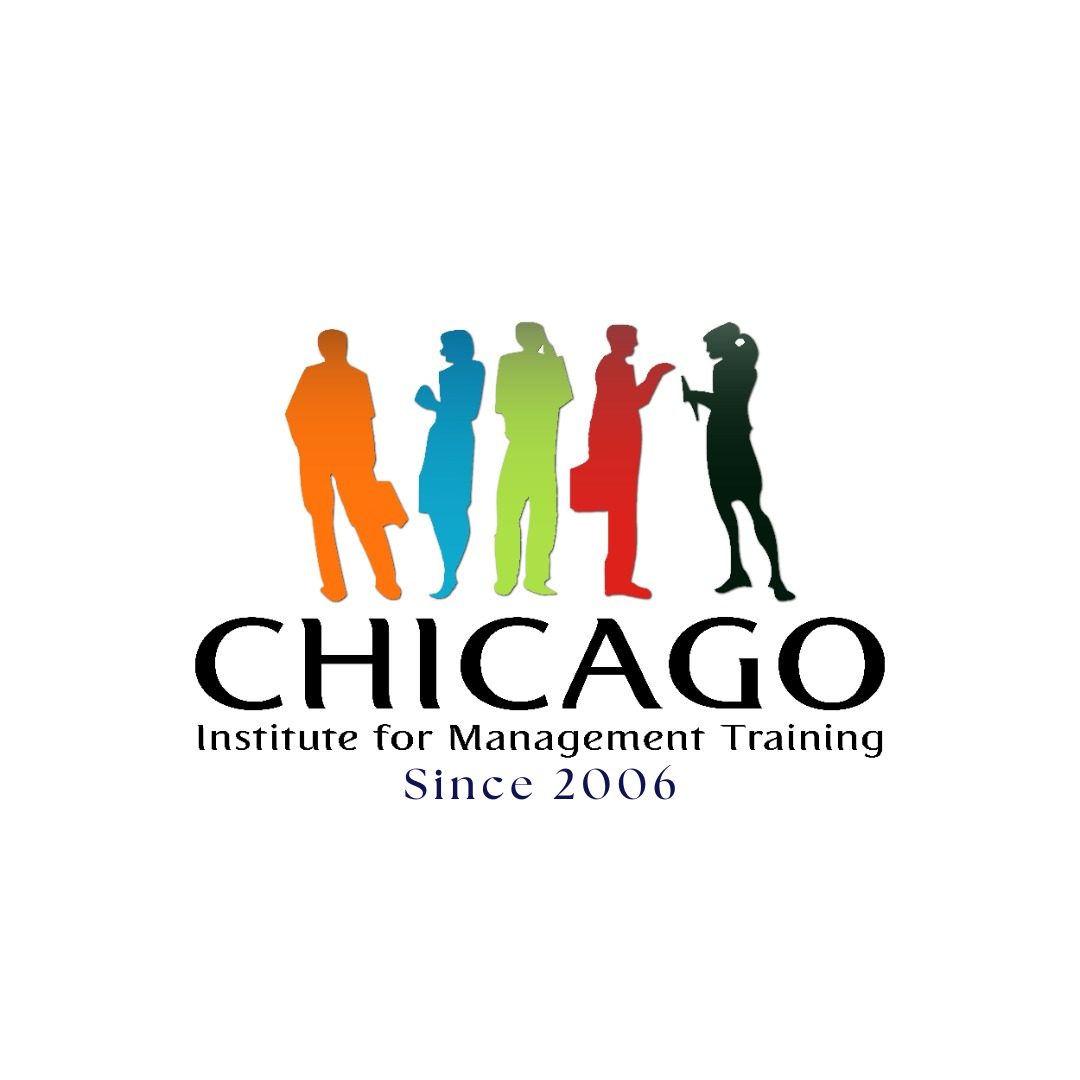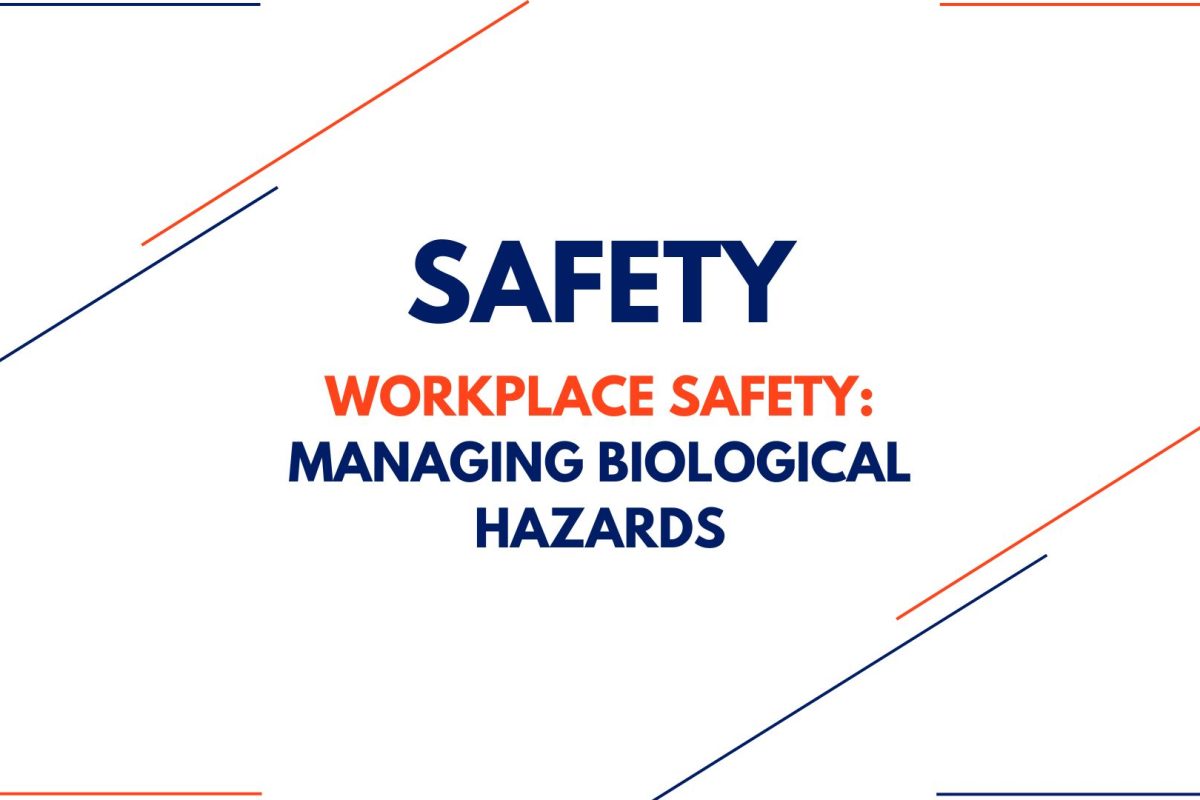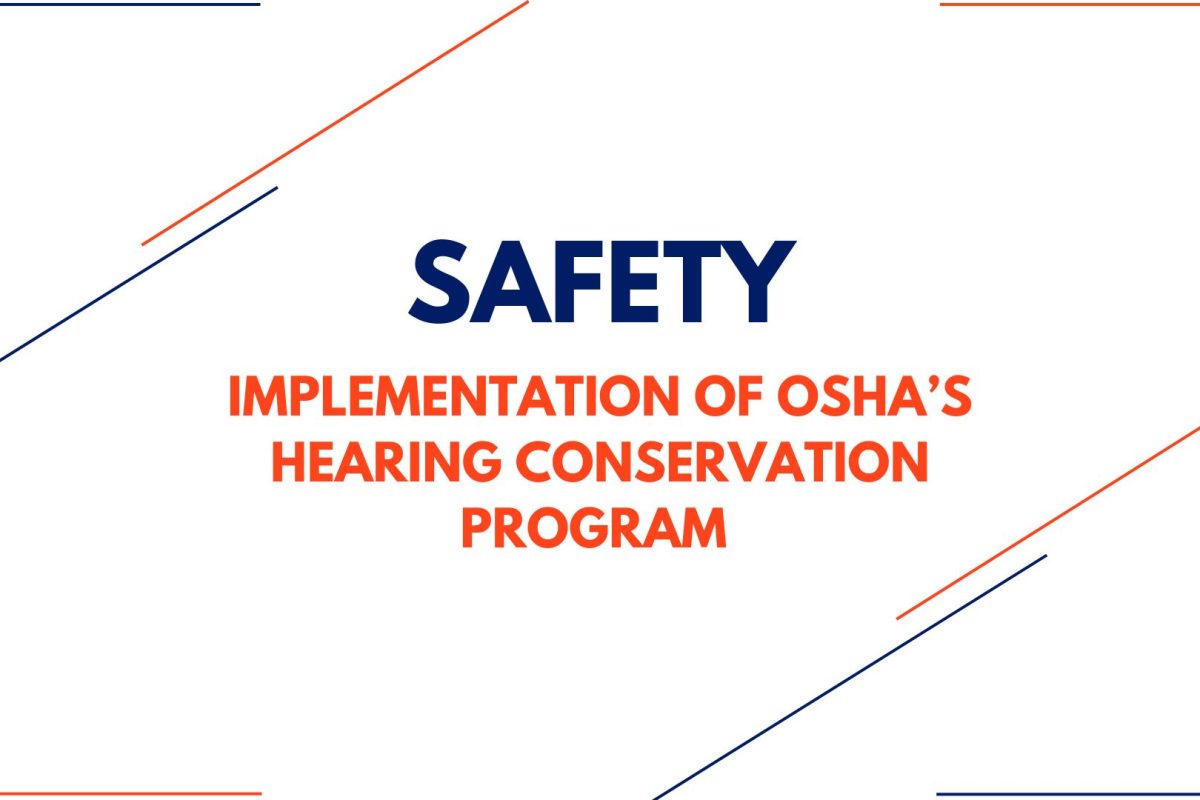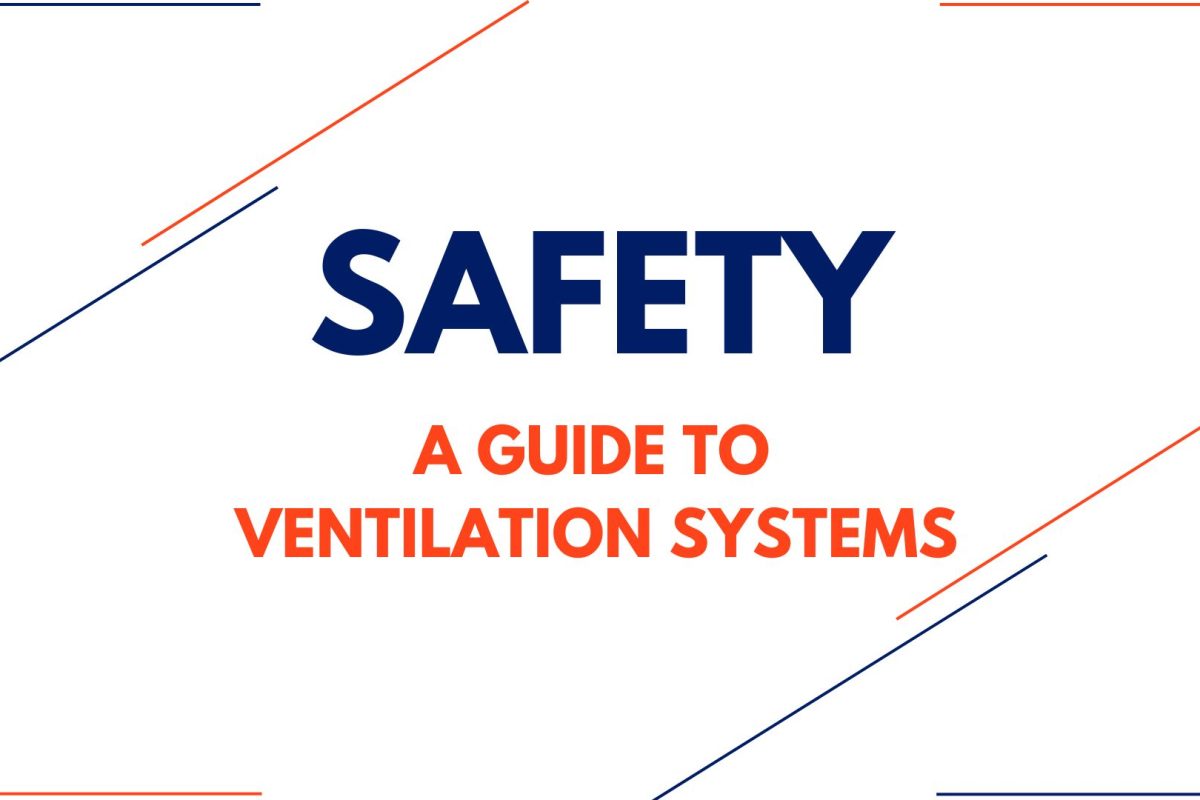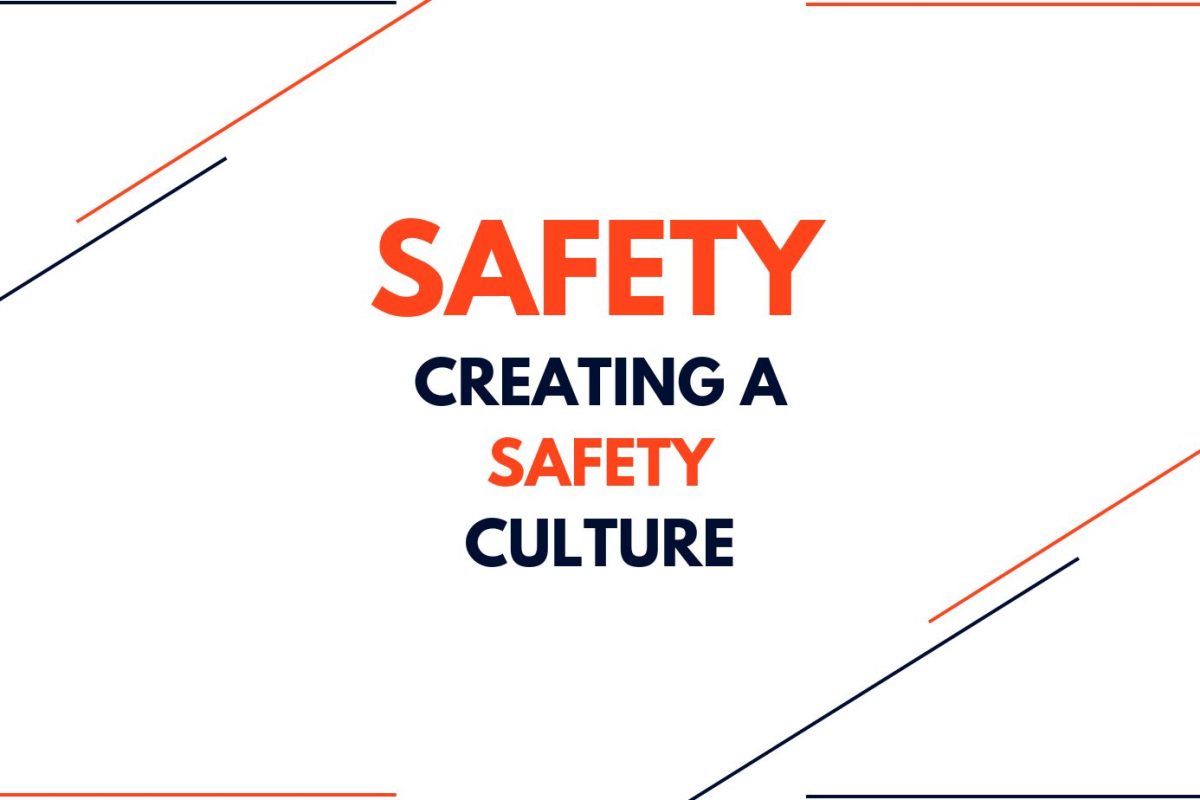In today’s dynamic work environments, biological hazards pose a significant challenge to occupational safety. These hazards, originating from bacteria, viruses, fungi, and parasites, can cause infections ranging from anthrax to hepatitis. They affect a wide range of industries, including healthcare, agriculture, animal handling, and sanitation. This case study highlights key biological risks and preventive measures to safeguard workers.
Understanding the Risk
Biological hazards in the workplace are often overlooked but can have serious consequences. Workers in high-risk sectors are exposed to infectious agents through various mediums, including:
- Direct Contact: Handling infected animals or materials.
- Inhalation: Breathing contaminated dust or aerosols.
- Insect Bites: Ticks and other vectors transmitting diseases.
Case Insights: Biological Hazards and Their Mitigation
- Orf (Sore Mouth Disease)
- Scenario: A stockyard worker developed painful sores after handling infected sheep.
- Prevention: Wearing gloves and practicing hand hygiene avoided further transmission.
- Rabies Exposure
- Scenario: A wild animal handler was bitten by a stray dog. Immediate vaccination averted a life-threatening outcome.
- Lesson: Pre-exposure vaccination and post-exposure treatment are critical in such professions.
- Psittacosis in Pet Shop Workers
- Scenario: Workers inhaled dust contaminated with bird droppings, leading to respiratory illness.
- Action Plan: Enforcing the use of N95 respirators and ensuring proper ventilation reduced future risks.
- Q Fever in Agriculture
- Scenario: Farmers exposed to barnyard dust reported flu-like symptoms due to Coxiella burnetii.
- Solution: Regular sanitation, restricting barn access, and promoting the use of pasteurized milk ensured worker safety.
- Fungal Disease: Aspergillosis
- Scenario: Grain workers in dusty environments suffered from lung infections caused by Aspergillus spores.
- Preventive Steps: Use of HEPA filters and masks mitigated exposure risks.
Key Takeaways for Safety Professionals
To address biological hazards effectively:
- Adopt Protective Measures: Personal protective equipment (PPE), vaccinations, and hygiene practices are foundational.
- Environmental Controls: Maintain workplace sanitation and control vectors like rodents and ticks.
- Emergency Preparedness: Ensure timely medical intervention and implement OSHA’s Blood-Borne Pathogen Standard.
Worker Education: Training programs on biological safety protocols enhance awareness and compliance.
